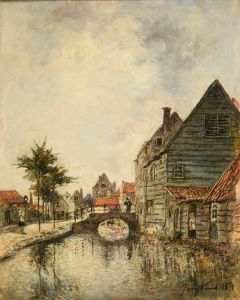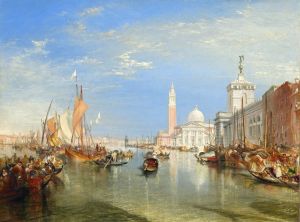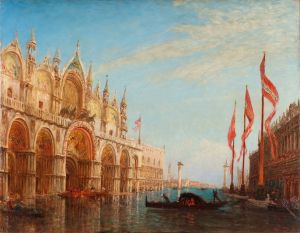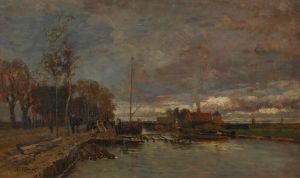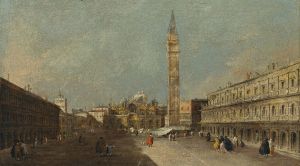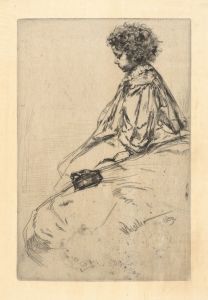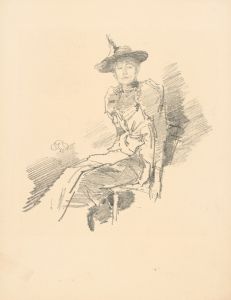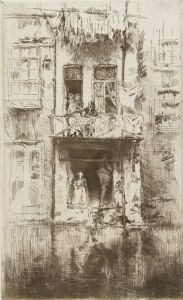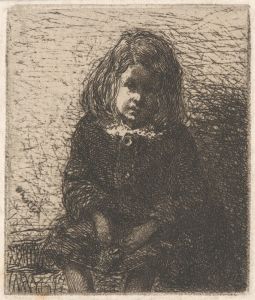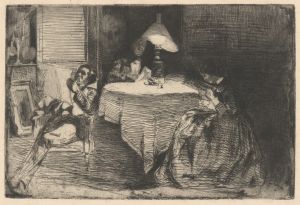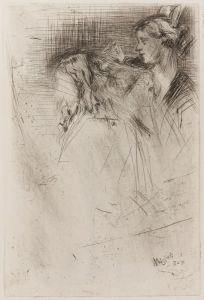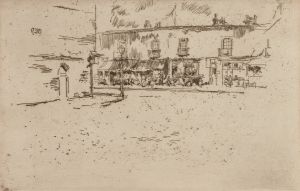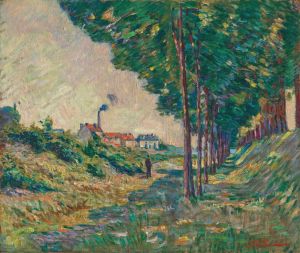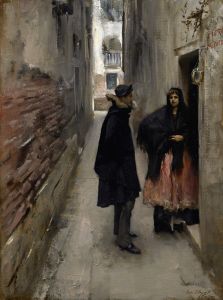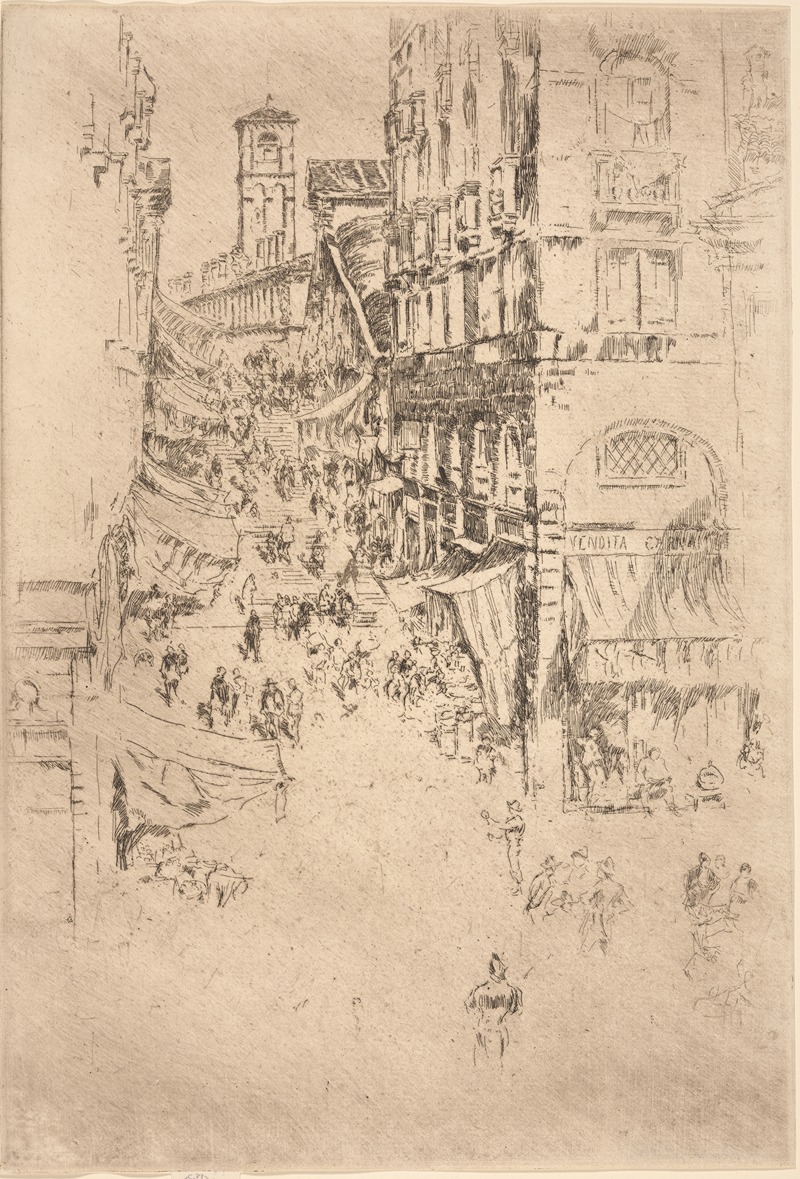
The Rialto
A hand-painted replica of James Abbott McNeill Whistler’s masterpiece The Rialto, meticulously crafted by professional artists to capture the true essence of the original. Each piece is created with museum-quality canvas and rare mineral pigments, carefully painted by experienced artists with delicate brushstrokes and rich, layered colors to perfectly recreate the texture of the original artwork. Unlike machine-printed reproductions, this hand-painted version brings the painting to life, infused with the artist’s emotions and skill in every stroke. Whether for personal collection or home decoration, it instantly elevates the artistic atmosphere of any space.
"The Rialto" is a painting by the American artist James Abbott McNeill Whistler, known for his contributions to the Aesthetic Movement and his influence on the art world during the late 19th century. Whistler, born in Lowell, Massachusetts in 1834, spent much of his career in Europe, particularly in London and Paris, where he became associated with leading figures in the art and literary circles of the time.
James Abbott McNeill Whistler is renowned for his innovative approach to art, emphasizing mood and atmosphere over detailed representation. His works often feature subtle color harmonies and a focus on the interplay of light and shadow. "The Rialto" exemplifies these qualities, capturing the essence of the famous Venetian landmark with a delicate and evocative touch.
The Rialto Bridge, the subject of Whistler's painting, is one of Venice's most iconic structures. Spanning the Grand Canal, it has been a vital commercial and social hub since its completion in the late 16th century. Whistler's depiction of the Rialto Bridge is notable for its atmospheric quality, achieved through his masterful use of color and light. The painting captures the bridge's grandeur while also conveying the bustling activity and vibrant life of Venice.
Whistler's technique in "The Rialto" reflects his broader artistic philosophy, which he articulated in his famous "Ten O'Clock Lecture" delivered in 1885. In this lecture, Whistler argued that art should stand apart from social and moral concerns, focusing instead on beauty and the artist's vision. This perspective is evident in "The Rialto," where the emphasis is on the aesthetic experience rather than a detailed architectural rendering.
"The Rialto" is part of Whistler's broader body of work that includes portraits, landscapes, and cityscapes. His most famous painting, "Arrangement in Grey and Black No. 1," commonly known as "Whistler's Mother," shares the same emphasis on composition and tonal harmony seen in "The Rialto." Whistler's influence extended beyond his paintings; he was also a prominent figure in the art world, known for his sharp wit and sometimes controversial views.
Throughout his career, Whistler faced both acclaim and criticism. His legal battle with the art critic John Ruskin, who accused him of "flinging a pot of paint in the public's face," is one of the most famous episodes in art history. Whistler won the case but was awarded only a farthing in damages, leading to financial difficulties. Despite these challenges, his work continued to be celebrated for its innovation and beauty.
"The Rialto" remains an important example of Whistler's artistic legacy, showcasing his ability to capture the spirit of a place through his unique vision. Today, Whistler is remembered as a pioneering artist who helped shape the course of modern art, and his works continue to be studied and admired for their technical skill and aesthetic appeal.





